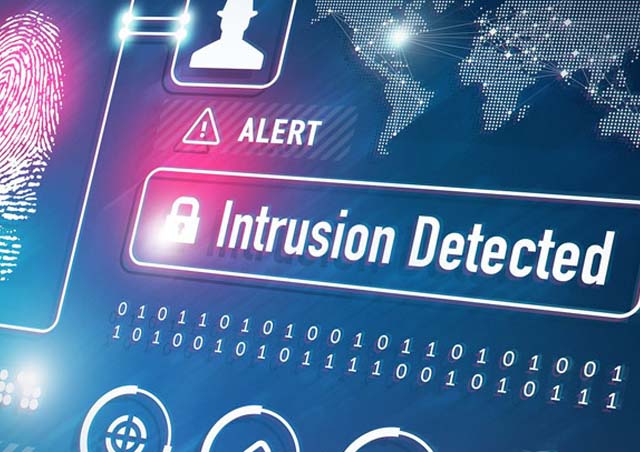Redback Council is the site of Cyber Security and Forensics.
REDBACK IT SOLUTIONS PVT LTD
No 05/X2, Hari Om 2nd Street, Phase 3, Sathuvachari, Vellore 9
info@redback.in
NETWORK INTRUSION DETECTION
A network-based intrusion detection system (NIDS) is used to monitor and analyze network traffic to protect a system from network-based threats.
NETWORK INTRUSION DETECTION
An intrusion detection system is a device or software application that monitors a network or systems for malicious activity or policy violations. Any malicious activity or violation is typically reported either to an administrator or collected centrally using a security information and event management system.
A "network intrusion detection system (NIDS)" monitors traffic on a network looking for suspicious activity, which could be an attack or unauthorized activity.
- A large NIDS server can be set up on a backbone network, to monitor all traffic; or smaller systems can be set up to monitor traffic for a particular server, switch, gateway, or router.
- In addition to monitoring incoming and outgoing network traffic, a NIDS server can also scan system files looking for unauthorized activity and to maintain data and file integrity. The NIDS server can also detect changes in the server core components.
- The NIDS server can also server a proactive role instead of a protective or reactive function. Possible uses include scanning local firewalls or network servers for potential exploits, or for scanning live traffic to see what is actually going on.
- Keep in mind that a NIDS server does not replace primary security such as firewalls, encryption, and other authentication methods. The NIDS server is a backup network integrity device. Neither system (primary or security and NIDS server) should replace common precaution (building physical security, corporate security policy, etc.)
Give us a email council@redback.in to learn more about security and securing your network.
Network Intrusion Detection Systems types
There are five common types of NIDS that can be used to monitor traffic on your network. Each has its own benefits and drawbacks depending on your business needs

Signature-based system This type of NIDS uses signatures from previously analyzed attacks. It learns which patterns indicate malicious activity so future events with similar characteristics will be detected immediately. Signature-based systems do not need any knowledge about the normal behavior of users or applications to operate.

Stateful protocol analysis system This type of NIDS is similar to a signature-based system in that it learns which patterns indicate malicious activity. Stateful protocol analysis systems differ because they do not need to know what specific attacks look like before they are detected. Instead, it can maintain temporary information about how your network normally operates and will compare new events against the normal traffic rate of existing connections.

Behavioral-based system This type of NIDS uses behavioral analysis to determine whether any suspicious activity has occurred. If the behavior being analyzed meets certain conditions set by the administrator, an alert will be triggered so appropriate action can be taken in response to malicious activity.

Anomaly-based system This type of NIDS is similar to the behavior-based system, except that it learns what typical network behavior looks like by analyzing how real connections are established and used over time. The administrator may also need to provide information about which events should trigger alerts if anomalies are detected. This type of system is configured to learn what the normal traffic on your network looks like, which can reduce false-positive rates, however, changes in user computer activity or changes made by new software installations could also trigger false alarms.

Heuristic-based system This type of NIDS uses heuristics to look beyond attacks with known signatures and analyze them against a set of rules to determine whether any suspicious activity has occurred. The heuristic-based system is capable of detecting advanced attacks without previously knowing what those attacks look like by looking for a combination of characteristics that indicate a possible security issue.
LET'S WORK TOGETHER
AND MAKE THE NEXT BEST PROJECT
CONTACT INFO
No: 05 / x2 , Hari Om 2nd Street, Phase III, Sathuvachari, Vellore, Tamil Nadu 632009
+(91) 818 998 5559
+(91) 818 998 5551

